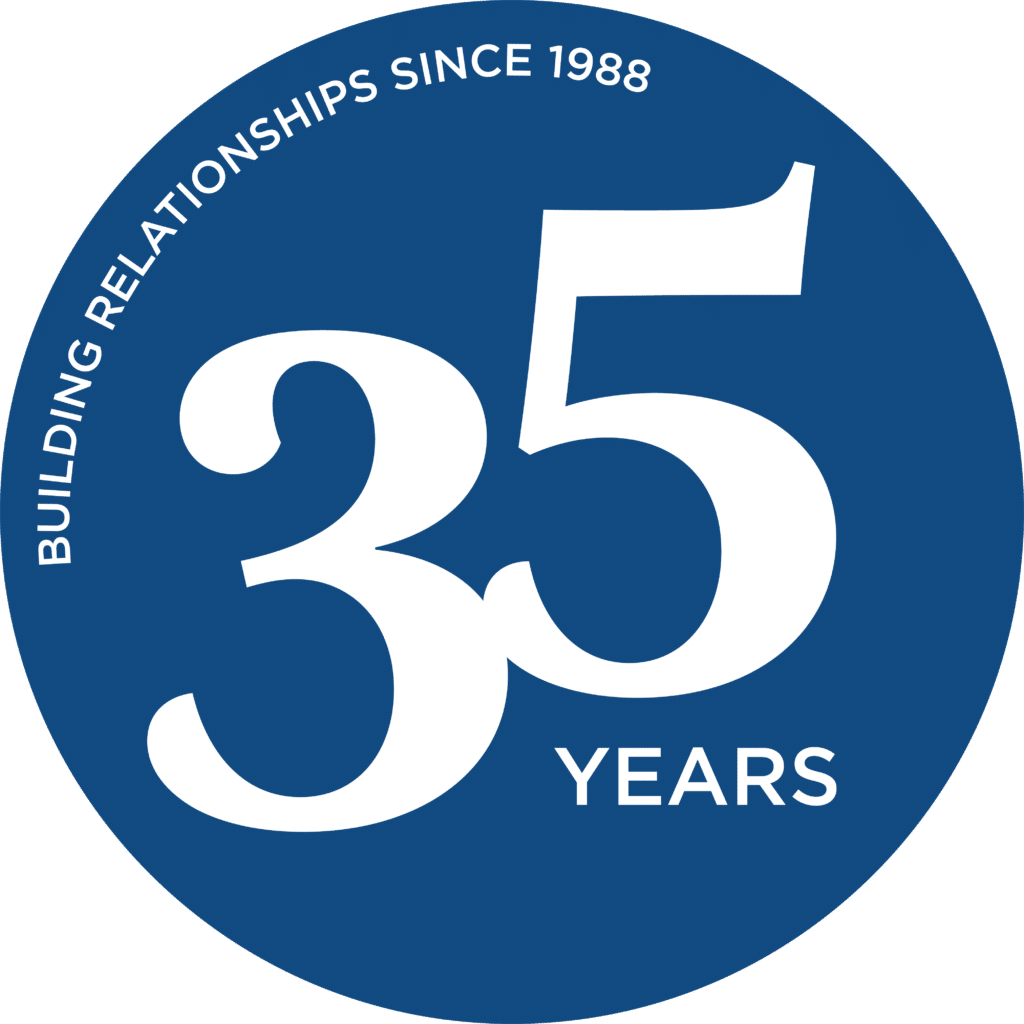
Putting aside the philosophical discussion, ensuring a legally compliant, as well as an engaged workforce, otherwise known as a “respectful workplace,” just makes good business sense. Missteps can be devastating to the overall productivity of the business, to its reputation in the market, and certainly to the bottom line.
COMPLIANCE IS MANDATORY, AWARENESS IS LACKING
For more than a decade, the courts and government enforcement agencies have sent strong messages that employers can no longer turn a blind eye to unlawful harassment. For the most part, employers have listened. However, it isn’t as easy as instituting a policy and maybe even offering some training. Subtle harassment and certainly unintentional harassing behavior can be as devastating as the extreme blatant scenarios in movie plots.
Raising the awareness is essential
- it is the effect, not the intent, that matters
- countless factors can influence how comments and behaviors are received
- unintentional behaviors can have a crippling effect on the work environment
- trust between employees and management is key to preventing issues from escalating
- the financial impact associated with violations include not only fines, verdicts and legal fees, but also lost productivity, diminished marketplace reputation, increased absenteeism, turnover, talent acquisition challenges and more.
A respectful workplace doesn’t mean you can’t have a “normal” conversation with colleagues. It means thinking before you speak and act and recognizing that your lens and that of a co-worker are sometimes different. Being aware is vital.
TODAY’S SCHOOL-AGE BULLY IS TOMORROW’S EMPLOYMENT PROBLEM
Respect in the workplace is not just about preventing illegal discriminatory conduct. There are many factors that can make a work environment intolerable, but none more potentially explosive than an abusive or even violent employee.
Policies and procedures cannot cover all possible scenarios or interactions in the workplace. It is the corporate culture, embraced and promoted by management, which provides the most effective guidance on acceptable behavior. If humiliation, intimidation, degradation, gossip, stealing credit, scapegoating and plain old hostility are even passively tolerated, the most well-written employee handbook or the most engaging training program in the world will not create a respectful workplace.
Whether in the playground or the conference room, a bully knows how to deflect and manipulate. Managers who don’t have the trust of employees and who are not actively aware of what is happening, will empower a bully to wreak havoc. Managers who themselves engage in bullying are directly destroying productivity and profits.
A respectful workplace doesn’t mean tolerating incompetence, lack of productivity or poor performance. In fact, the opposite is true. Respect in the workplace means defining and communicating expectations, ensuring employees have the tools to accomplish goals and holding everyone accountable – but in a manner that focuses on the work, not demeaning the individual.
THE CONSEQUENCES ARE REAL
Employers often ignore the extent of the damage a disrespectful situation can cause. In terms of real dollars, employers should be reminded….On February 29, 2012 a California jury awarded what is believed to be the largest employment related verdict ever – almost $168 million. Despite numerous complaints, a Sacramento Hospital failed to take corrective action against harassing behavior aimed at a physician’s assistant and instead fired her allegedly “for cause”. Consistent testimony from the plaintiff, co-workers and former employees persuaded the jury to believe that a pervasive hostile work environment existed. The jury awarded a staggering $42.7 million dollars in lost wages and mental anguish. In addition, due to what the jury perceived to be blatant disregard for the severity of the situation by management, punitive damages were also awarded in the amount of $125 million.
In addition to the financial consequences stemming from legal troubles, the impact of a disrespectful workplace has other costly implications. According to recent Gallup estimates, disengaged employees in the US result in more than $300 billion in lost productivity annually. Department of Labor statistics confirm that the average cost of turnover is 30% of annual salary.
A respectful workplace means recognizing the actual bottom-line impact each employee has on the overall performance of the business.
ENHANCE YOUR HUMAN CAPITAL ROI
Creating a respectful workplace doesn’t happen by chance. Like any other important business asset, enhancing the ROI of Human Capital requires effort and ongoing investment:
- Educate managers and employees at all levels about the implications of disrespect in the workplace
- Create opportunities for leadership to demonstrate that a culture of respect is not optional
- Insist on accountability and consequences for inappropriate behavior
- Incorporate engagement strategies at all levels of the organization
Properly managing Human Capital is a key component of any successful business plan. Establishing and maintaining a respectful workplace is an essential part of the strategy.
You May Also Like:
Workplace Civility on a Continuum – CPI Webinar Series Recording and Quick Reference Guide
Want a More Positive and Productive Workplace? Create a Culture of Respect


